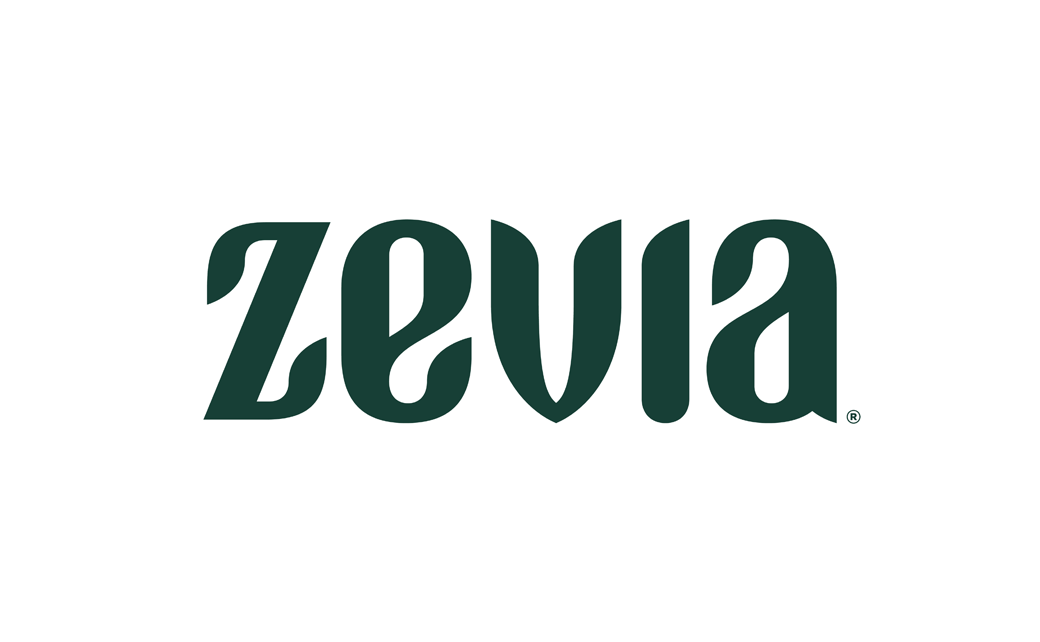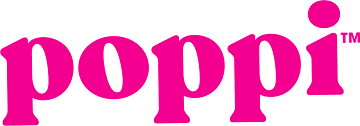Return to Office Initiatives Ramp Up After Labor Day - Protis Global
With the global pandemic finally under control, most organizations are gearing up for a return to the office (RTO).
In 2023, the workplace landscape has undergone a significant transformation. After nearly two years of remote and hybrid work, this transition represents both an exciting and challenging phase for businesses. In this blog post, we’ll explore the best approach for hiring brands as they navigate the return to office and why it’s crucial to use this opportunity to strengthen corporate culture.
A Hybrid Work Model
Before we dive into the details, let’s acknowledge that the post-pandemic workplace won’t be a complete return to the pre-pandemic status quo. Many organizations have embraced the benefits of remote work, recognizing that it can enhance productivity, reduce overhead costs, and offer team members greater flexibility. As such, a hybrid work model, which combines both in-office and remote work, is expected to continue.
A Balancing Act
For hiring brands, the return to office in 2023 presents a unique set of challenges. On one hand, there’s a need to ensure a smooth transition for existing team members who may have grown accustomed to remote work. On the other hand, hiring brands must continue to attract top talent in what is still a competitive job market.
Here are some key strategies for hiring brands to navigate this delicate balancing act:
- Flexibility as a Perk: As the workplace becomes more hybrid, offering flexibility should be a cornerstone of your hiring strategy. Candidates are increasingly valuing the ability to choose between remote and in-office work. Highlight your organization’s commitment to work-life balance and adaptability in your recruitment efforts.
- Technology Integration: Invest in advanced technology to facilitate seamless collaboration between in-office and remote teams. Video conferencing, project management tools, and cloud-based systems will be essential for bridging the gap between physical and virtual workspaces.
- Well-Defined Expectations: Clearly communicate your organization’s expectations for both in-office and remote work. This includes setting guidelines for communication, deadlines, and performance evaluation. Providing a roadmap for success will help team members thrive in the hybrid work environment.
- Reimagine the Workspace: Redesign your physical office space to accommodate the changing needs of your workforce. Consider creating flexible workstations, quiet areas for focused work, and collaborative spaces for team meetings. A thoughtfully designed office can enhance creativity and productivity.
The Importance of Corporate Culture
As hiring brands navigate the return to office, it’s crucial to recognize the role of corporate culture in this process. Corporate culture isn’t just a buzzword; it’s the foundation upon which successful organizations are built. Here’s why it should be a top priority during the transition:
- Team Engagement: A strong corporate culture fosters a sense of belonging and purpose among team members. When people feel connected to the company’s values and mission, they are more engaged and motivated to contribute their best.
- Retention: A positive workplace culture is a powerful tool for retaining top talent. Team members are more likely to stay with an organization that aligns with their values and provides a supportive and inclusive environment.
- Talent Magnet: A well-defined corporate culture can be a magnet for attracting the right talent. When your culture is known for promoting innovation, teamwork, and personal growth, it becomes a compelling factor for prospective team members.

Building a Strong Corporate Culture During the Return to Office
Now, let’s explore how hiring brands can actively build and reinforce a strong corporate culture as they transition back to the office:
- Leadership Alignment: Ensure that your leadership team is aligned with the organization’s culture and values. Leaders should embody these principles in their actions and decisions, setting an example for the entire workforce.
- Communication and Inclusivity: Promote open and transparent communication. Also, encourage team members to share their thoughts and concerns, especially during times of change. Make inclusivity a priority by actively seeking diverse perspectives.
- Training and Development: Invest in training programs that help team members understand and embrace the company’s culture. This includes onboarding processes, ongoing workshops, and leadership development initiatives.
- Recognition and Rewards: Implement recognition and rewards programs that reinforce desired behaviors and achievements aligned with your culture. Recognizing team members’ contributions can boost morale and loyalty.
- Wellness and Life Balance: Support the team in achieving a healthy life balance. Encourage breaks, offer wellness programs, and provide resources for mental health support. A culture that cares for its team members’ well-being is more likely to thrive.
- Team Member Involvement: Empower team members to actively participate in shaping the company’s culture. Allow them to contribute ideas and initiatives that reflect the values and vision of the organization.
Conclusion
In 2023, the return to the office represents a pivotal moment for hiring brands to shape their future. By embracing a hybrid work model and prioritizing corporate culture, organizations can not only attract and retain top talent but also foster a positive and productive work environment.
Remember that building a strong corporate culture is an ongoing journey that requires dedication and adaptability. As you navigate this transition, keep your team members at the center of your strategy, and watch your organization thrive.


















